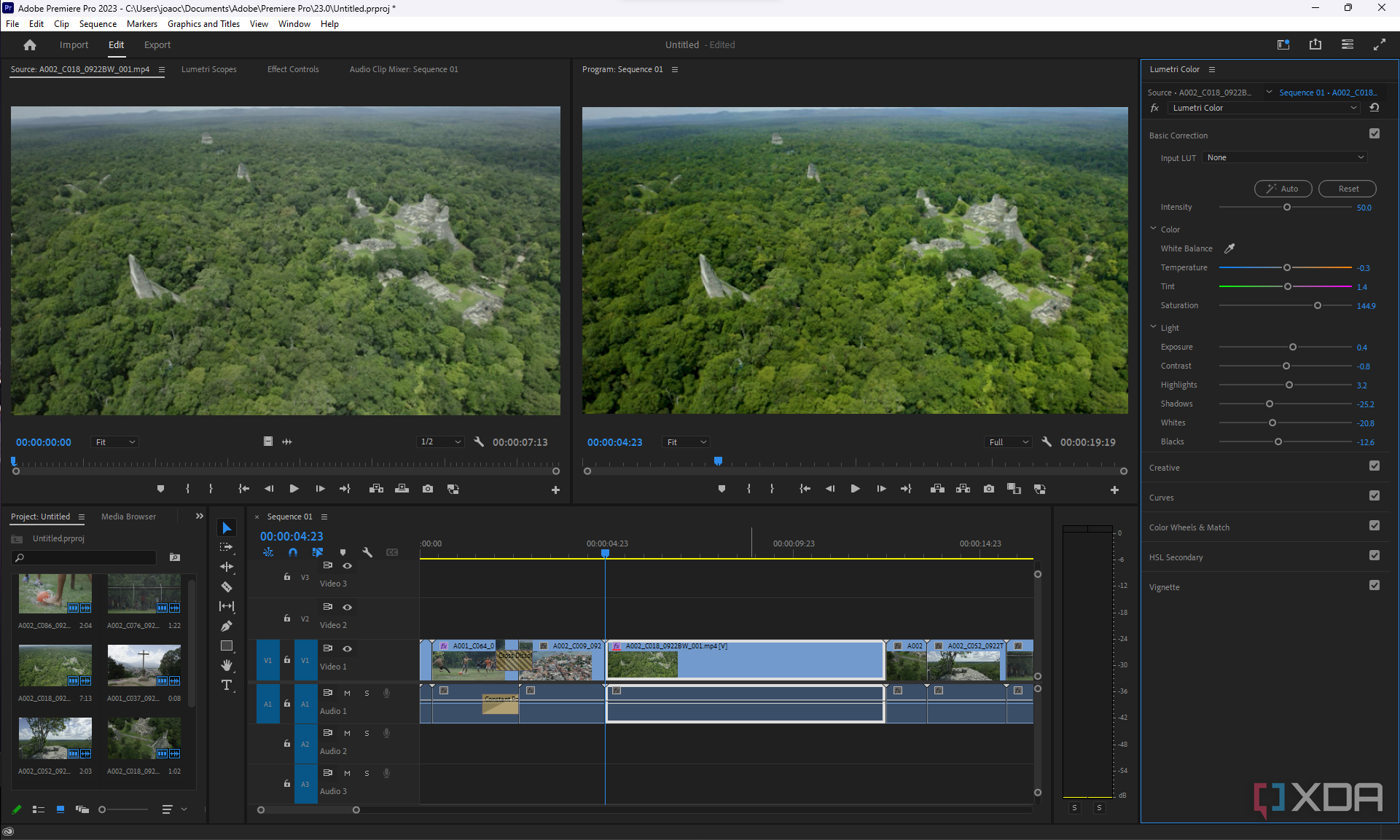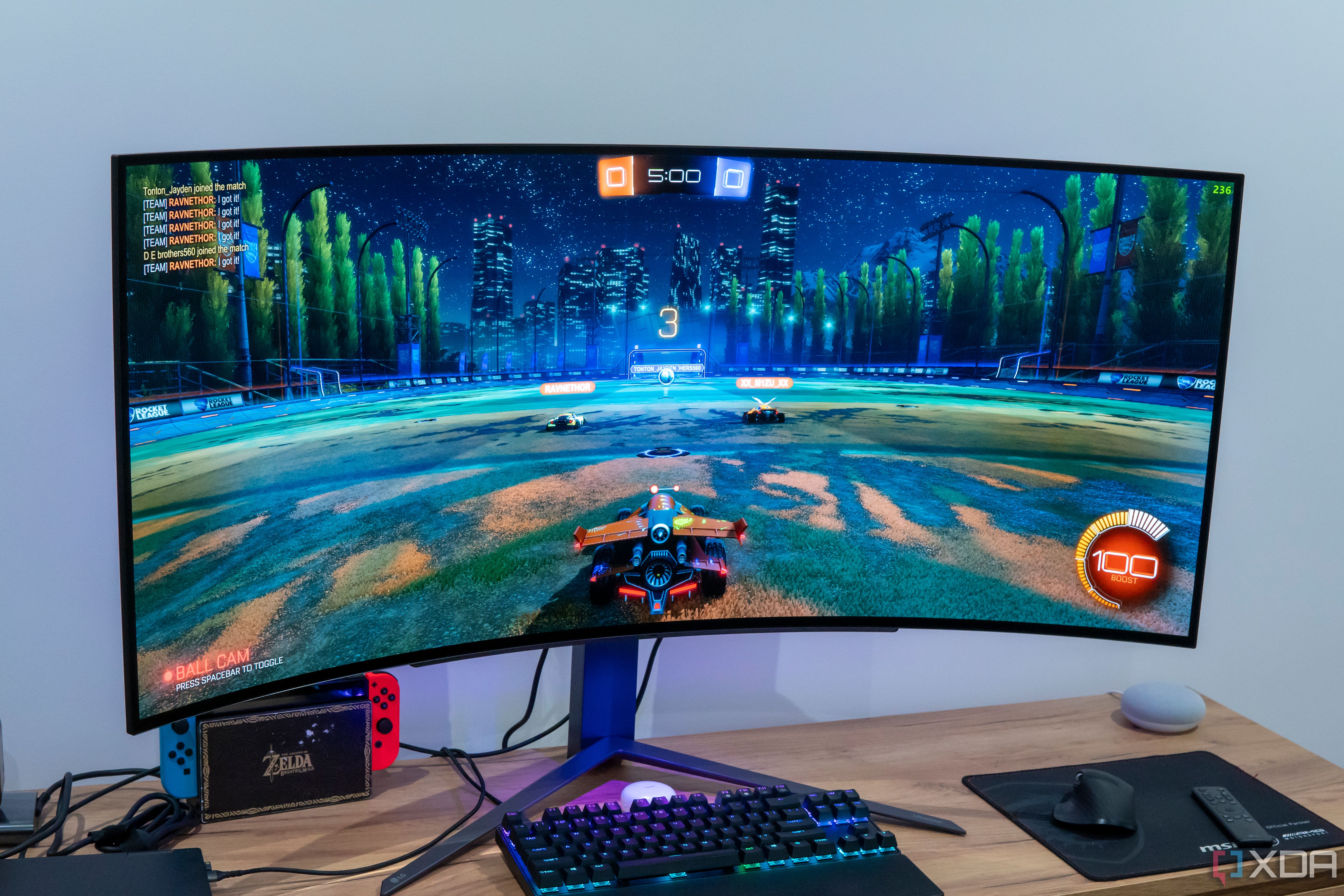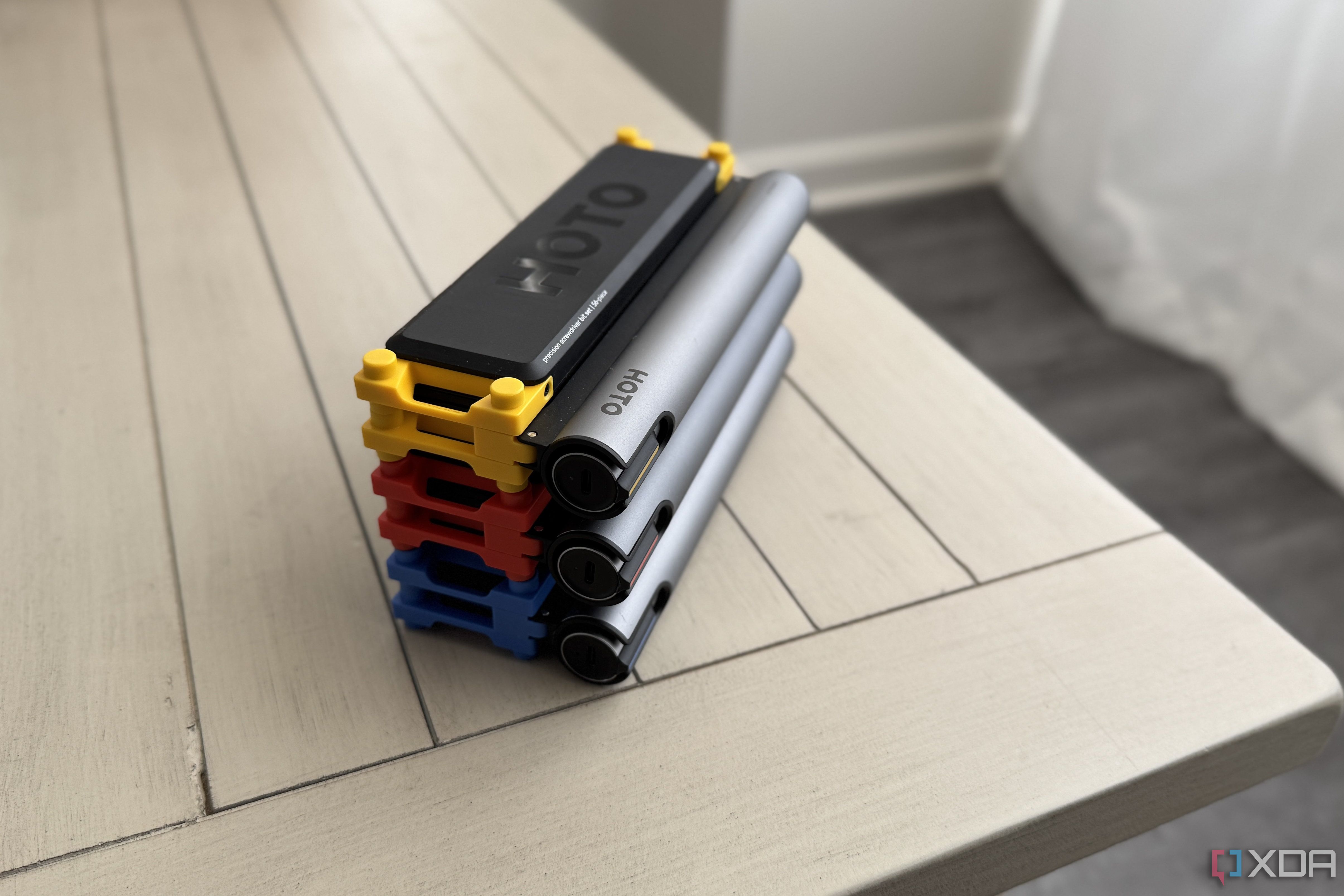When I built my current gaming PC back in 2020, I opted for the 12-core Ryzen 9 5900X because I didn't want high CPU usage to be a problem again, like it was when I had a 4-core Intel Core i7-6770K. I prioritized core count because I assumed more cores meant better sustained performance while multitasking, especially since I wanted to stream gameplay using OBS. But when I upgraded my GPU to the RTX 4090 in 2022, I quickly realized that my 5900X was holding it back in competitive titles.
Fast forward to early 2025, and my 5900X died out of nowhere. So, I decided to replace it with a used Ryzen 7 5800X3D. It made more financial sense since upgrading to AM5 would've meant spending close to $1,000 on a new motherboard, RAM kit, and CPU. At first, I was skeptical about downgrading to an 8-core CPU, but as it turns out, it's probably one of the best purchase decisions I’ve made in recent years. Not only did it save me money, but it also gave my PC a noticeable boost in performance where it actually mattered.
3 Significant FPS uplift in competitive games
CPU cache often matters more than raw core count in games
I knew the 5800X3D was better than my 5900X for gaming before I even got it, but I honestly wasn't expecting such a significant improvement in frame rates across certain titles. It was almost as if I got myself a GPU upgrade for the money I spent. Back when I had the 5900X, my GPU usage in some competitive shooters like Valorant, Fortnite, and Apex Legends was around 40-60%, making it clear that my CPU was bottlenecking my GPU. But after swapping it for a 5800X3D, my GPU usage increased, and my FPS jumped by 30-40% in these titles.
The performance uplift extended to other games as well, although not by the same margin. Despite having fewer cores, the 5800X3D delivered noticeably smoother gameplay and more stable frame rates in almost every title I played. That's when I realized how important a single-CCD layout and large CPU cache are for gaming. With 96MB of L3 cache, the 5800X3D keeps more game data readily accessible, significantly reducing latency. Even in 2025, modern games rarely utilize more than 8 CPU cores efficiently—they benefit far more from fast memory and cache access.
2 High CPU usage doesn't have to be a concern
CPU usage over 90% isn't always a sign of a bottleneck
With the Ryzen 9 5900X, I rarely saw CPU usage spike above 60% while gaming. So, when I swapped it out for the 5800X3D and started seeing usage frequently hit 80% or more in some AAA games, I panicked a little—it felt like I had less headroom for running other apps in the background. But let's be realistic: while gaming, you're probably not running a demanding app alongside it. Sure, some people may have OBS open for streaming, but even then, you can offload the encoding to your GPU instead of relying on the CPU.
Gamers often assume that high CPU usage is a sign of a bottleneck. While there's some truth to that, it's not always a bad thing. If that were the case, the 8-core Ryzen 7 9800X3D wouldn't be the most sought-after gaming CPU in 2025. In many situations, high CPU utilization can actually be a sign that you've got a well-balanced setup. You should really only be concerned if your GPU usage is significantly lower while your CPU sits close to 100% or you experience stutters or frame drops while gaming. Fortunately, that has never been the case with my 5800X3D.
1 Productivity didn't take a major hit
I didn't lose much performance in apps like Photoshop and Premiere

PC enthusiasts are always quick to recommend 12-core and 16-core CPUs like the 9900X and 9950X for productivity workloads. So, I braced myself for a noticeable drop in performance after downgrading to an 8-core CPU—and to my surprise, my experience barely even changed. Yes, there were times when I felt the 5900X was faster, for example, while exporting 4K footage, but other than that, the downgrade felt surprisingly minimal.
Most of the performance I cared about—things like timeline responsiveness, applying effects, or scrubbing through high-resolution footage—remained virtually the same. I've realized those tasks are more dependent on single-threaded performance and cache size than raw core count, which is where the 5800X3D holds its own. So, unless you're building a PC for professional work, the real-world difference between 8 and 12 cores just isn't that noticeable. For my workflow, it has been a non-issue so far.
I'd happily trade a few cores for better real-world performance
Switching from a 12- or 16-core CPU to an 8-core one might seem counterintuitive, but my experience so far has shown that it's not only viable but sometimes the smarter choice. Real-world performance often hinges on factors other than sheer core count, like cache size, CCD layout, and per-core efficiency. If you're mostly gaming, you're unlikely to benefit from all those extra cores anyway; you'll see better results with a CPU that features 3D V-Cache. So, don't hesitate to switch to a CPU that's better suited to your workloads, even if it means giving up a few cores. At this point, I'm confident enough to say the 9800X3D is more of a sidegrade than a downgrade for anyone using the 7900X or 9900X—as long as your primary workload isn't productivity-focused.
.png)











 English (US) ·
English (US) ·